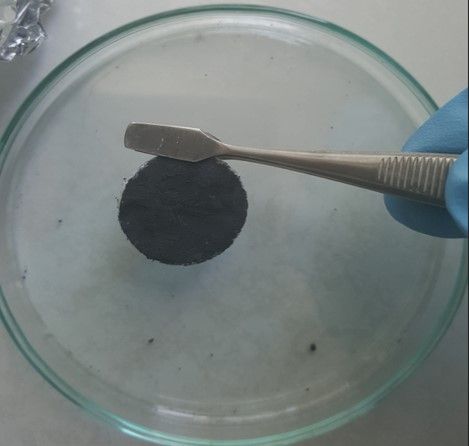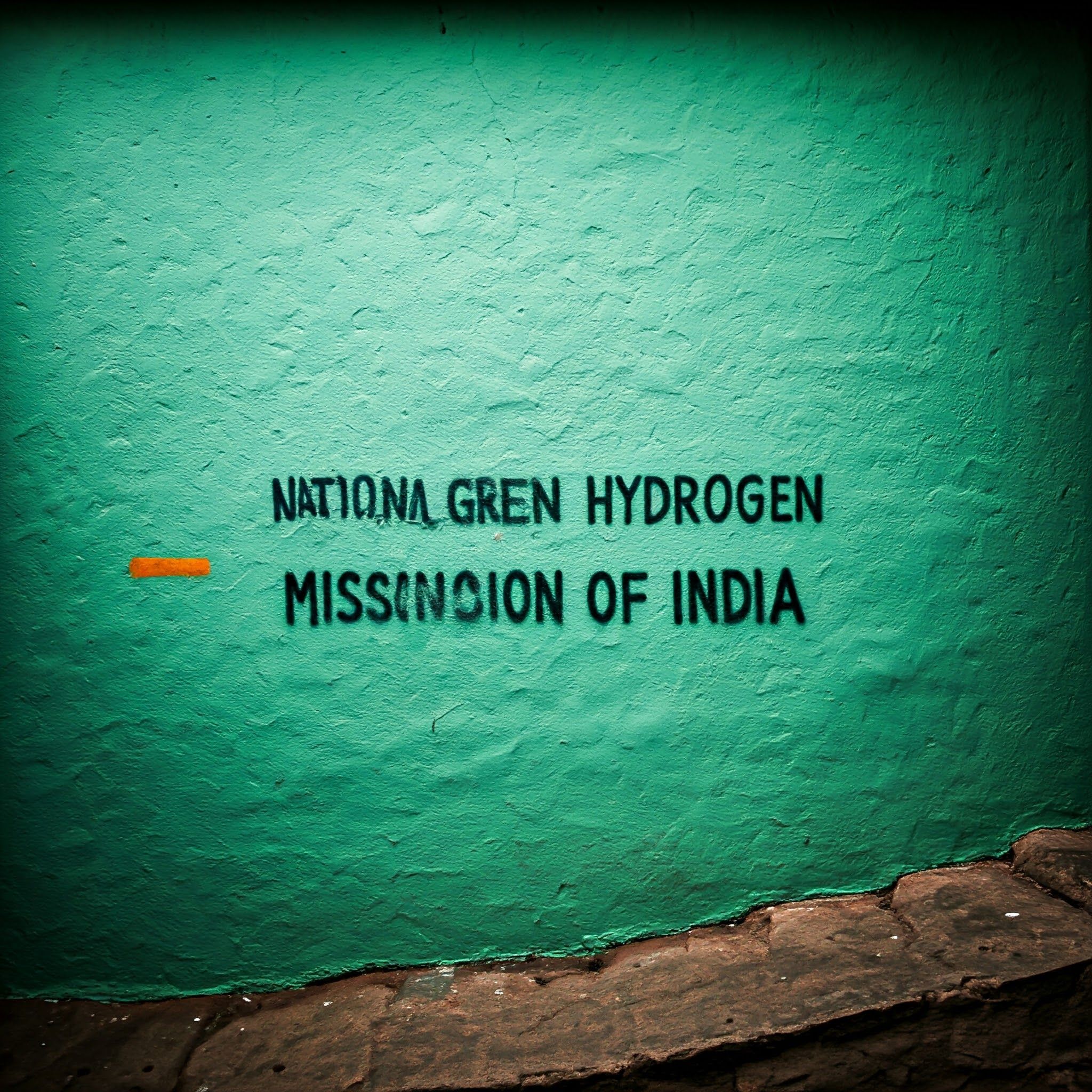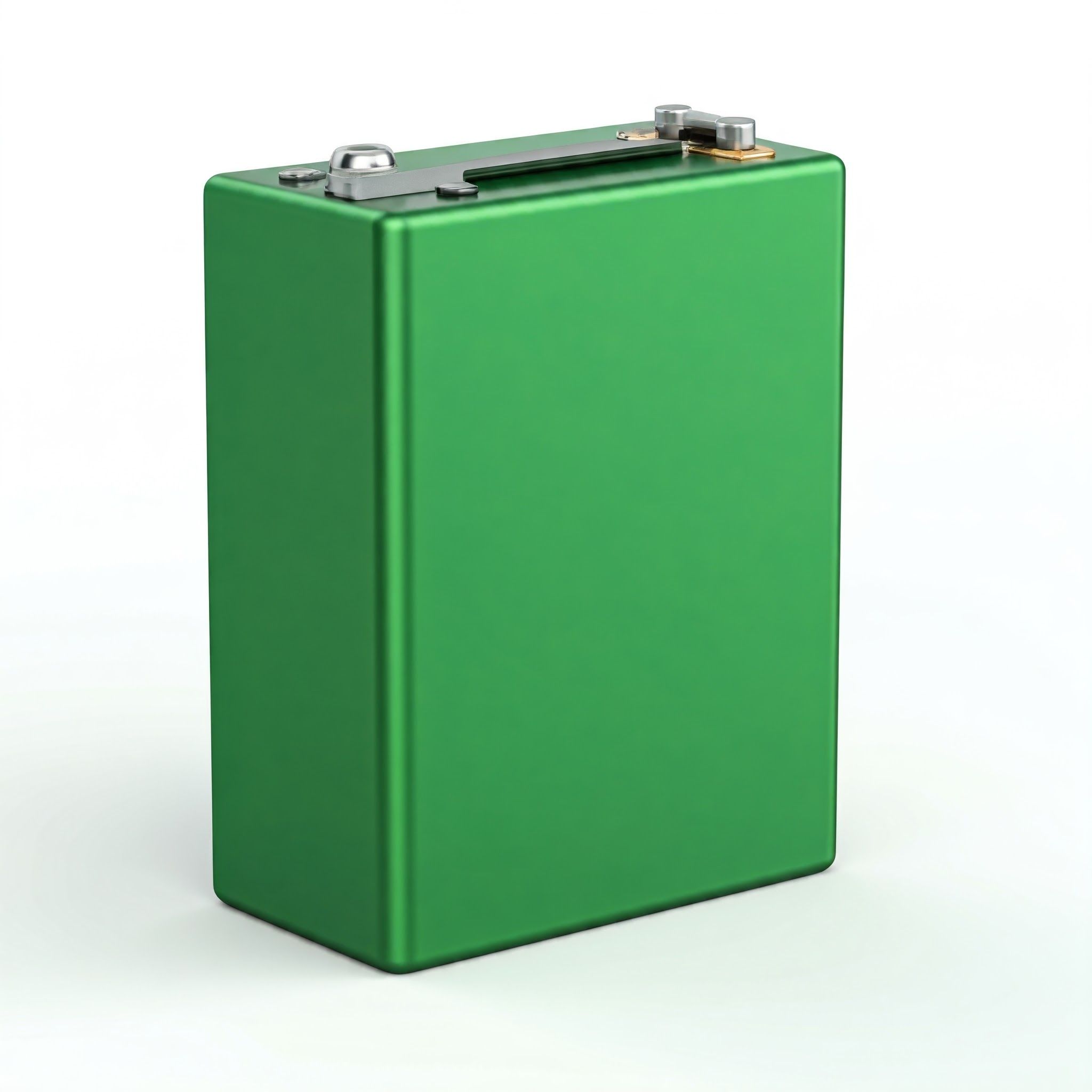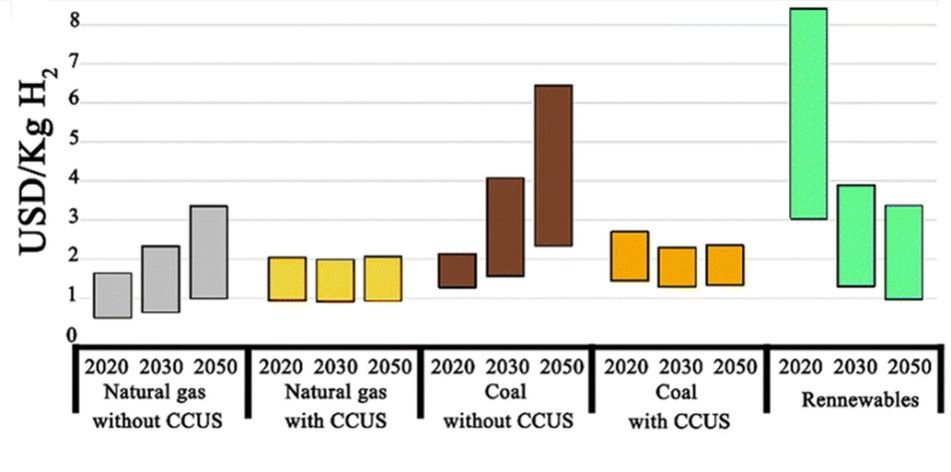Biodegradable Stretchable Batteries for Next-Generation Wearables
Biodegradable Stretchable Batteries for Next-Generation Wearables
The Scientific Principles for Stretchable Batteries
To achieve sustainable and self-sufficient next-generation wearables, it is essential to develop soft, flexible, compact, and biocompatible batteries that utilize abundant or renewable materials and are either biodegradable or recyclable. The fundamental materials that facilitate the stretchability of these batteries consist of elastomers, which are highly adaptable polymers, along with conductive inks derived from substances such as silver nanowires or carbon nanotubes. These elements enable the battery to sustain electrical conductivity even under deformation. Additionally, the design frequently employs serpentine or wavy configurations that can stretch and compress without fracturing. The production techniques for these stretchable batteries typically utilize microfabrication methods that accurately arrange these materials into flexible structures, as well as encapsulation techniques that safeguard the battery components while permitting movement. Rather than conventional liquid electrolytes, gel or polymer electrolytes are utilized to improve flexibility and safety.
Biodegradable Stretchable Battery
In a study conducted in 2021, researchers created a stretchable and entirely biodegradable battery designed for use in wearable electronics, employing environmentally friendly materials. This innovative battery, which consists of gel electrolytes derived from fruits and electrodes made of cellulose paper, marks a notable progress in the field of sustainable energy storage. A well-known example is the “lemon- battery,” constructed by inserting zinc and copper plate electrodes into a lemon, which acts as both the supporting medium and the electrolyte to generate an open-circuit voltage (OCV) of ≈0.8 V.
Citrus fruits possess a significant level of acidity, which enhances their ability to conduct electricity. This characteristic explains why your fruit battery functioned effectively, even in the absence of direct contact between the nails. The fruit is rich in positively charged ions. Upon inserting a galvanized or zinc nail into the fruit, negatively charged ions, or electrons, begin to migrate from the fruit to the zinc nail, resulting in a concentration of protons remaining within the fruit. This movement of electrons produces an electric current, which is activated when wires are connected to the nail, subsequently illuminating the bulb.
Image credits to author Dr Maryam Sadat Kiai
Impact on biotechnology
The research group at
Cambridge University investigated for the development of the innovative
"jelly batteries" asserts that these batteries can conform to human
tissue, indicating their potential for future applications in biomedical
implants. The jelly batteries
exhibit remarkable resilience, allowing them to be compressed or elongated
without compromising their original form or electrical conductivity. This is attributed to the strong adhesion that reversible bonds can facilitate between layers, utilizing barrel-shaped molecules known as cucurbiturils. Furthermore,
the hydrogels possess the ability to self-repair when damaged, as indicated by
the researchers. The research team asserts that the characteristics of these
jelly batteries can be adapted to align with human tissue, rendering them
"promising for future applications in biomedical implants. Oren Scherman, the
director of Cambridge's Melville Laboratory for Polymer Synthesis and the lead
researcher, stated noted that the absence of rigid components, such as metals,
in a hydrogel implant significantly reduces the likelihood of rejection by the
body and minimizes the potential for scar tissue formation.
Conclusion and Future Outlook
Stretchable and biodegradable batteries are undergoing significant advancements, as researchers persistently innovate in materials, manufacturing methods, and design approaches. Stretchable biodegradable batteries with enhanced energy density, long cycle lifetimes, and superior stretchability and safety features are promising domain for the medical device, wearable electronics, wound dressing and aerospace sectors.
References & Suggested reading
https://explorable.com/fruit-battery-experiment
https://www.euronews.com/health/2024/08/14/these-s...
Karami‐Mosammam, M., Danninger, D., Schiller, D., Kaltenbrunner, M. (2022). Stretchable and biodegradable batteries with high energy and power density. Advanced Materials. https://doi.org/10.1002/adma.202204457
Wang, Z., et al. (2021). Fully transient stretchable fruit‐based battery as safe and environmentally friendly power source for wearable electronics. EcoMat. https://doi.org/10.1002/eom2.12073.




















